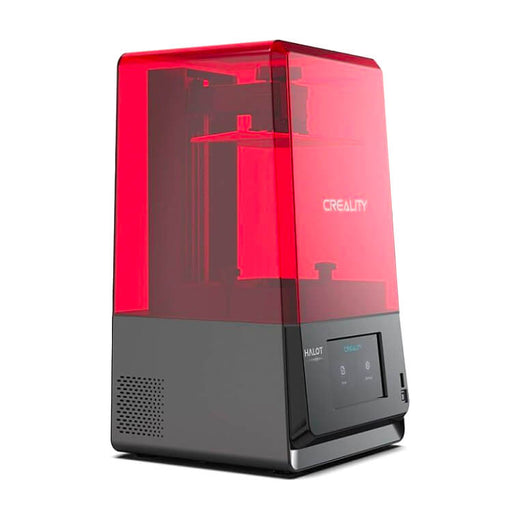3D Printer Guide 2023
A 3D printer is a type of machine that builds three-dimensional objects from custom materials. The computer-aided manufacturing (CAM) device receives digital data as input. Then uses this information to extrude layers in different colours or patterns using plastic or resin. 3D printers have an infinite number of applications, with designs that range from shoe prototypes to wax castings for jewellery. The potential of this technology is only limited by your imagination!
Ever wondered how 3D printers work? We'll take you on a journey through these technologies to show their similarities and differences. There are two types of 3d-printers: Fused Deposition Modelling (FDM) which uses melted plastic as its raw material, and Stereolithography(SLA). Both have been adapted for use at home, with desktop models being more affordable than ever before! We can help you find the best 3D Printer for beginners.
You can get more information to help you get started by visiting out guides section, you can get great information on 3d printer software you need to get started, or read our FAQ as a great way to get familiar.
FDM 3D Printers
Fused Deposition Modelling, or FDM for short, is the most common form of 3D printing at home and for prototyping. It works by extruding heated thermoplastics like ABS and PLA through a nozzle, where they are melted together layer-by-layer onto an appropriately sized heated platform in order to create your model! This technology offers many benefits such as low cost, ease, no toxicity etc. But there can be drawbacks too; with this process you must make sure that every part has equal layers otherwise things might not stick properly, and the entire print can be ruined.
Why Use An FDM 3D Printer?
An FDM (fused deposition modelling) printer is a 3D printer that can be used to produce fine details with rapid printing. It's typically found in early concept development and prototyping stages for medical device design because it allows designers complete control over their product designs, even if they're not confident about producing the entire final model themselves yet! Thermoplastics are perfect for printing prototypes that need to be durable and withstand rigorous testing. FDM is also commonly used by engineers who want detailed prints of their designs, because it can create highly accurate shapes in many colours with extreme precision! We stock the worlds best selling 3D printer brand, Creality! Check out their range of budget busting incredible products.
SLA / Resin 3D Printers
Stereolithography is an additive manufacturing process that creates three-dimensional objects using photosensitive thermoset polymers. The materials used in Stereo Lithographic printing come in the form of liquids and are UV laser activated to cure one layer at a time, creating complex shapes with intricate details like never before!
Why Use A Resin 3D Printer?
Resin 3D printing is a fantastic option for highly detailed prototypes that require tight tolerances and smooth surfaces. SLA printers are widely used in many industries, such as engineering or product design to manufacturing, dentistry, jewellery and model making. FDM and SLA 3D printing both have their benefits. For large, simple parts like jigs or fixtures, FDM is the go-to method as it prints quickly with strong tolerances. However, if you need something more complex such as tooling for accurate measurements on very intricate objects, then we recommend using an SLA system. Since they offer higher resolution, and smooth finish, as opposed to other processes at a lower price point. We stock leading resin printers from brands such as Anycubic and Elegoo.
Best Selling Brands
Content for section 3 goes here. This section should contain information, images, or other content relevant to the topic of this article.
Popular 3D Printer Brands include:
Best Selling Printer Models Include:
FDM:
Resin:
FAQ
Choosing the right 3D printer can be challenging, so we've put together a comprehensive buying guide to help you make an informed decision. Our guide covers everything you need to know, from understanding different 3D printing technologies to comparing build volumes, print resolutions, and more.
What materials can I print with?
The materials you can print with depend on your 3D printer's capabilities. Common materials include PLA, ABS, PETG, and TPU, but some printers can handle more advanced materials like nylon or metal-infused filaments.
How do I maintain my 3D printer?
Regular maintenance is essential for keeping your 3D printer in top condition. This includes cleaning the print bed, lubricating moving parts, tightening screws and belts, and updating firmware.
What software do I need for 3D printing?
You'll need slicing software to convert your 3D models into instructions for your 3D printer. Popular options include Cura, Simplify3D, and PrusaSlicer. Some printers come with their own proprietary slicing software. You can read more here.

